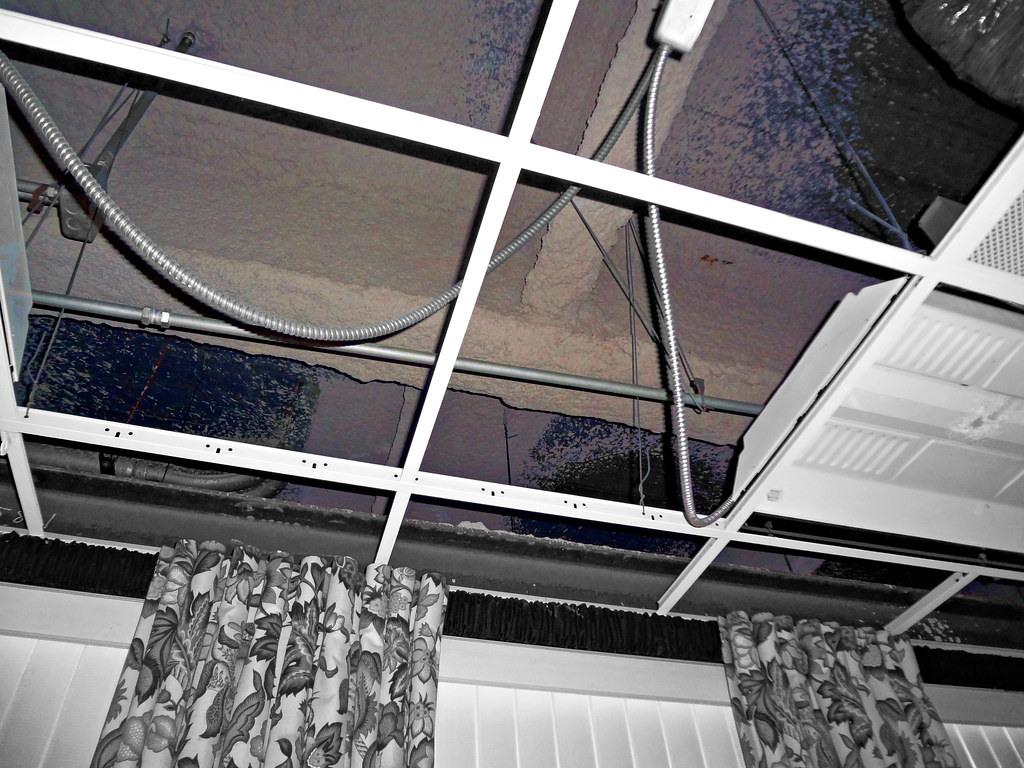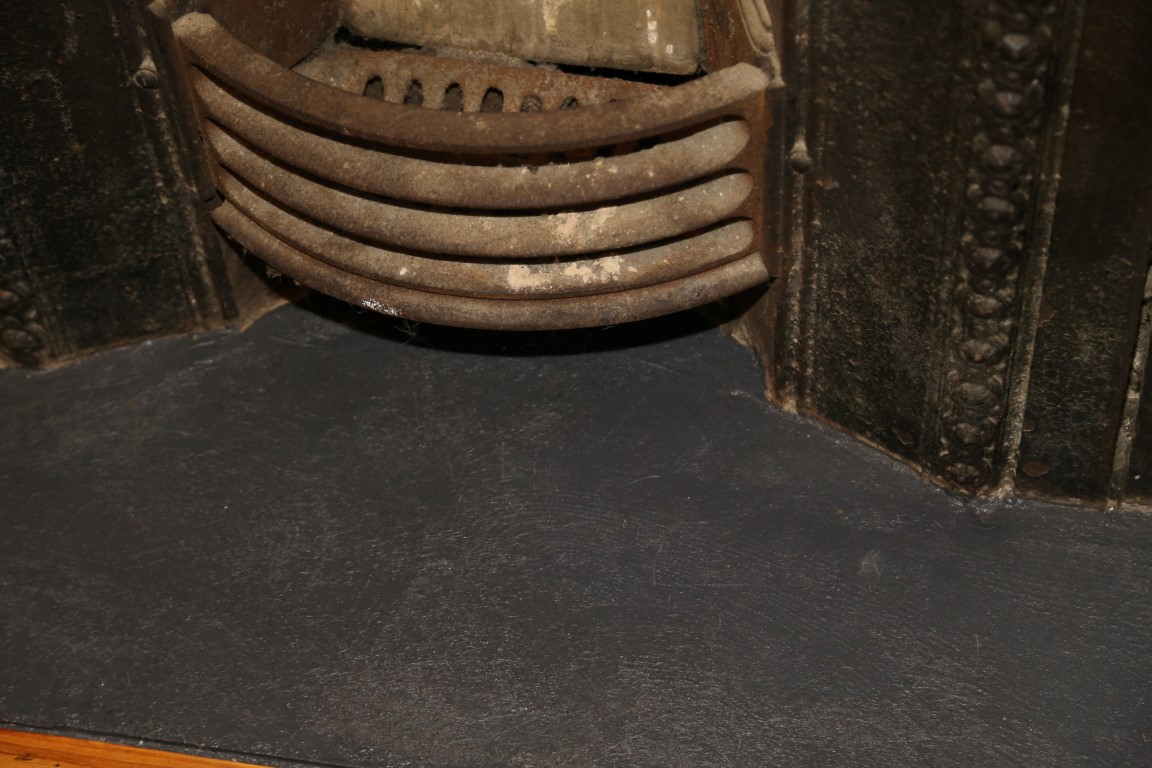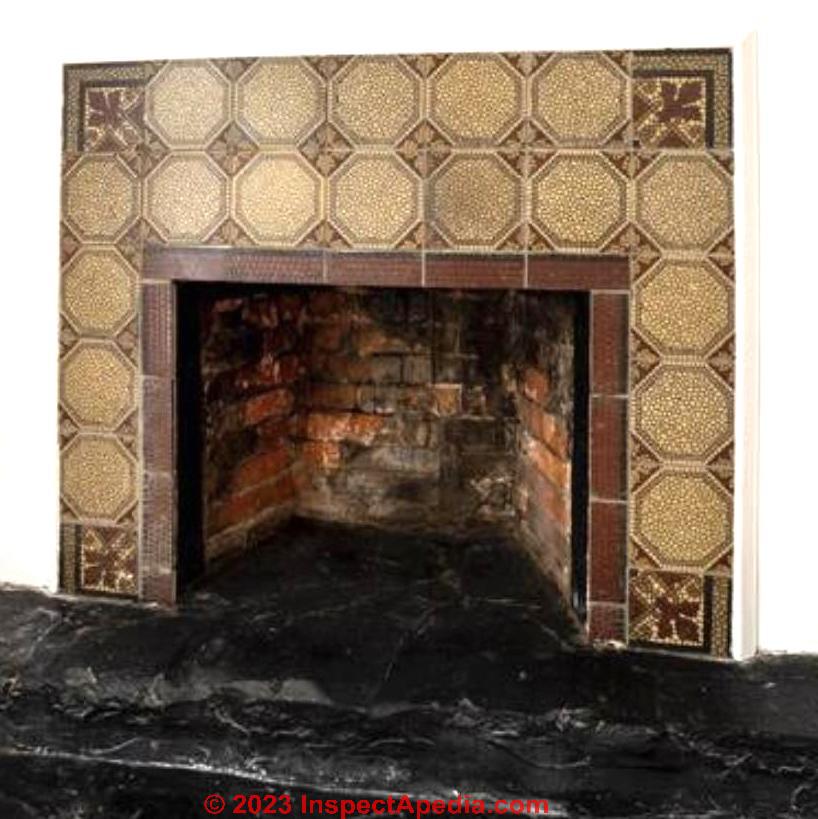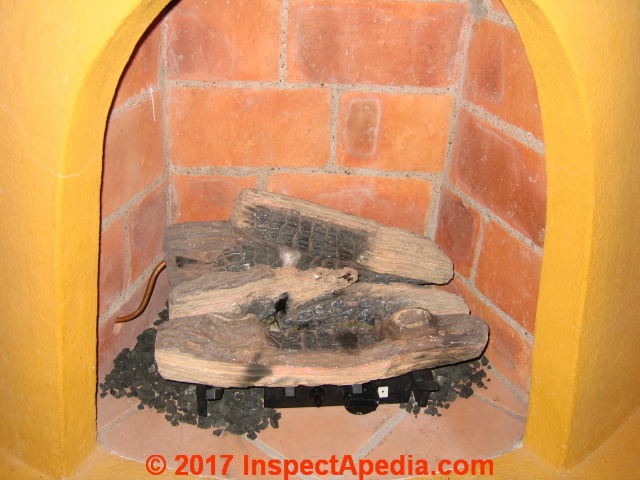Introduction to Asbestos Fireplace Surrounds
Asbestos was once widely used in various building materials due to its durability, fire resistance, and insulating properties. One of the applications of asbestos was in fireplace surrounds, where its heat-resistant qualities were highly valued. However, with the discovery of its health hazards, the use of asbestos has been largely discontinued. Understanding the implications of having an asbestos fireplace surround is crucial for homeowners, both from a safety and regulatory perspective. Today we will discuss the history, health risks, identification, management, and replacement options for asbestos fireplace surrounds.
History and Use of Asbestos in Fireplace Surrounds
Asbestos has been used for thousands of years, but its popularity surged during the Industrial Revolution. By the early 20th century, it was a common material in construction due to its heat resistance, tensile strength, and insulating properties. Asbestos was used in a variety of products, including cement, roofing, flooring, and insulation materials.
Fireplace surrounds made from asbestos cement or asbestos-containing materials were particularly popular from the 1940s to the 1980s. These surrounds were valued for their ability to withstand high temperatures and prevent the spread of fire. Additionally, asbestos materials could be molded into various shapes and designs, making them a versatile choice for fireplace construction.

Despite its widespread use, the dangers of asbestos were known to some extent. However, it wasn’t until the latter half of the 20th century that the severe health risks associated with asbestos exposure became widely recognized. Studies linked asbestos fibers to serious illnesses, including asbestosis, lung cancer, and mesothelioma. These findings led to increased regulation and eventual bans on the use of asbestos in many countries.
The use of asbestos in fireplace surrounds declined significantly after the 1980s as alternative materials became available and regulations tightened. However, many homes built during the asbestos heyday still contain these materials, posing potential risks to current occupants.

Health Risks Associated with Asbestos Fireplace Surrounds
Asbestos fibers are microscopic and can easily become airborne if disturbed. When inhaled, these fibers can lodge in the lungs and other tissues, leading to serious health conditions. The primary health risks associated with asbestos exposure include:
- Asbestosis: A chronic lung disease caused by the inhalation of asbestos fibers. This condition leads to scarring of lung tissue, resulting in difficulty breathing and reduced lung function.
- Lung Cancer: Prolonged exposure to asbestos increases the risk of developing lung cancer. Smokers who are also exposed to asbestos face an even higher risk.
- Mesothelioma: A rare but aggressive cancer that affects the lining of the lungs, chest cavity, or abdomen. Mesothelioma is almost exclusively linked to asbestos exposure and often has a poor prognosis.
- Other Cancers: Asbestos exposure has also been linked to cancers of the larynx, ovary, and gastrointestinal tract.
The risk of developing these conditions depends on several factors, including the duration and intensity of exposure, the type of asbestos fiber, and individual susceptibility. Even short-term exposure to high levels of asbestos can be dangerous, underscoring the importance of proper management and abatement of asbestos-containing materials.

Interesting Articles You May Want to Check:
- Shabby Chic Fireplace Surround
- Build Your Own Fireplace Surround
- Linear Fireplace Surround
- Large Fireplace Surround
- Freestanding Fireplace Surround
Identifying Asbestos in Fireplace Surrounds
Identifying asbestos in fireplace surrounds requires a careful approach, as disturbing the material can release harmful fibers. There are several steps homeowners can take to determine if their fireplace surround contains asbestos:
Check the Age of the Home: Homes built between the 1940s and 1980s are more likely to contain asbestos materials. If your home falls within this range, there is a higher chance that the fireplace surround may contain asbestos.
Look for Labels or Documentation: Sometimes, asbestos-containing materials are labeled, especially in commercial products. Check for any documentation or labels that indicate the presence of asbestos.
Visual Inspection: Asbestos materials often have a distinct appearance, such as a fibrous texture or a cement-like look. However, visual inspection alone is not conclusive and should not be relied upon solely.
Professional Inspection: The most reliable method of identification is to hire a professional asbestos inspector. They can take samples of the material and have them analyzed in a laboratory to confirm the presence of asbestos.
Testing Kits: Asbestos testing kits are available for purchase, allowing homeowners to take samples and send them to a lab for analysis. However, this method involves handling the material, which can be risky if not done properly.
Consult Local Regulations: Many regions have regulations regarding asbestos management and abatement. Consulting local authorities can guide proper identification and handling procedures.

Managing and Mitigating Asbestos Risks
If you discover that your fireplace surround contains asbestos, it’s important to manage the material properly to minimize health risks. There are several approaches to dealing with asbestos-containing materials:
Leave It Intact: If the asbestos material is in good condition and not disturbed, it may be best to leave it alone. Asbestos is most dangerous when it is damaged or disturbed, releasing fibers into the air.
Encapsulation: This involves applying a sealant to the asbestos material to prevent fibers from becoming airborne. Encapsulation is often used when the material is in good condition but might be subject to disturbance.
Enclosure: Enclosing the asbestos material involves building a barrier around it to prevent exposure. This method is useful for materials that are in good condition but are located in areas where they might be damaged.
Removal: In some cases, it may be necessary to remove the asbestos material entirely. This is a complex process that should only be performed by licensed asbestos abatement professionals. Removal is often the best option if the material is damaged or if renovation work will disturb it.
Regular Inspections: If you choose to leave the asbestos material in place, regular inspections are essential to ensure it remains in good condition. Any signs of damage or deterioration should be addressed immediately.
Safe Practices: Avoid activities that could disturb the asbestos material, such as drilling, sanding, or cutting. Inform anyone performing work in your home about the presence of asbestos to prevent accidental disturbance.

Replacing an Asbestos Fireplace Surround
Replacing an asbestos fireplace surround is a significant project that requires careful planning and professional execution. Here are the steps involved in replacing an asbestos fireplace surround:
Assessment: Begin by having the fireplace surround assessed by a professional to confirm the presence of asbestos and determine the best course of action. This assessment will also help you understand the extent of the work required.
Hiring Professionals: Asbestos removal should only be performed by licensed professionals who are trained in safe handling and disposal procedures. Look for contractors with experience in asbestos abatement and a good track record.
Preparation: The area around the fireplace will need to be sealed off to prevent asbestos fibers from contaminating other parts of the home. This may involve setting up plastic sheeting and using negative air pressure systems.
Removal: The asbestos-containing material will be carefully removed, following strict safety protocols. This process may involve wetting the material to reduce dust and using specialized tools to minimize fiber release.
Disposal: Asbestos waste must be disposed of under local regulations. This usually involves sealing the material in special containers and transporting it to a designated disposal site.
Installation of New Surround: Once the asbestos material has been safely removed, you can proceed with installing a new fireplace surround. Choose materials that are safe, durable, and suitable for high temperatures, such as natural stone, metal, or non-asbestos cement.

Common Mistakes to Avoid
DIY Asbestos Removal: One of the most dangerous mistakes is attempting to remove asbestos yourself. Without proper training and equipment, you risk exposing yourself and others to harmful fibers. Always hire licensed professionals for asbestos abatement.
Ignoring Asbestos: Some homeowners choose to ignore the presence of asbestos, hoping it won’t cause problems. This approach is risky, as any disturbance can release fibers into the air. Regular inspections and proper management are essential.
Using Improper Methods: Encapsulating or enclosing asbestos improperly can lead to further issues. Ensure that any encapsulation or enclosure is done correctly and by professionals to effectively prevent fiber release.
Inadequate Sealing During Removal: During asbestos removal, the area must be thoroughly sealed to prevent fibers from spreading. Inadequate sealing can lead to contamination of other parts of the home.
Failure to Follow Regulations: Asbestos abatement is heavily regulated. Failing to follow local laws and guidelines can result in legal consequences and fines. Ensure that your contractor complies with all regulations.
Not Informing Workers: If you have asbestos in your home, it’s crucial to inform any workers or contractors about its presence. This helps prevent accidental disturbance and ensures that proper precautions are taken.

What is asbestos and why was it used in fireplace surrounds?
Asbestos is a naturally occurring mineral that was widely used in construction materials for its fire-resistant and insulating properties. In fireplace surrounds, asbestos provided heat resistance and durability, making it a popular choice from the 1940s to the 1980s. Its ability to withstand high temperatures without degrading made it ideal for use in areas exposed to intense heat.
How can I tell if my fireplace surround contains asbestos?
Identifying asbestos in a fireplace surround involves several steps. First, consider the age of your home—homes built between the 1940s and 1980s are more likely to contain asbestos materials. Look for labels or documentation indicating asbestos use. Visually inspect the material, though this is not always conclusive. The most reliable method is to hire a professional asbestos inspector to take samples and analyze them in a laboratory.
What are the health risks associated with asbestos exposure?
Exposure to asbestos fibers can lead to serious health conditions, including asbestosis, lung cancer, and mesothelioma. Asbestosis is a chronic lung disease caused by inhaling asbestos fibers, resulting in lung scarring and breathing difficulties. Lung cancer risk increases with prolonged exposure, especially in smokers. Mesothelioma, a rare cancer affecting the lining of the lungs and chest cavity, is almost exclusively linked to asbestos exposure and often has a poor prognosis.
Can I leave asbestos in place if it is in good condition?
If asbestos-containing material is in good condition and not disturbed, it may be safer to leave it in place. Asbestos is most dangerous when it is damaged or disturbed, releasing fibers into the air. Encapsulation or enclosure can be used to manage the material safely. Regular inspections are essential to ensure it remains in good condition and does not pose a risk.
What should I do if I need to remove an asbestos fireplace surround?
Removing an asbestos fireplace surround should be done by licensed asbestos abatement professionals. Begin with a professional assessment to confirm the presence of asbestos and determine the best course of action. Ensure the area is properly sealed off during removal to prevent fiber spread. The asbestos material will be carefully removed and disposed of according to local regulations. After removal, you can install a new, safe fireplace surround.
Are there safe alternatives to asbestos for fireplace surrounds?
Yes, there are several safe alternatives to asbestos for fireplace surrounds. Non-asbestos cement, natural stone, and metal are commonly used materials that provide durability and heat resistance without the health risks associated with asbestos. These materials come in various designs and finishes, allowing homeowners to choose options that fit their aesthetic preferences and safety requirements.

Related Posts: